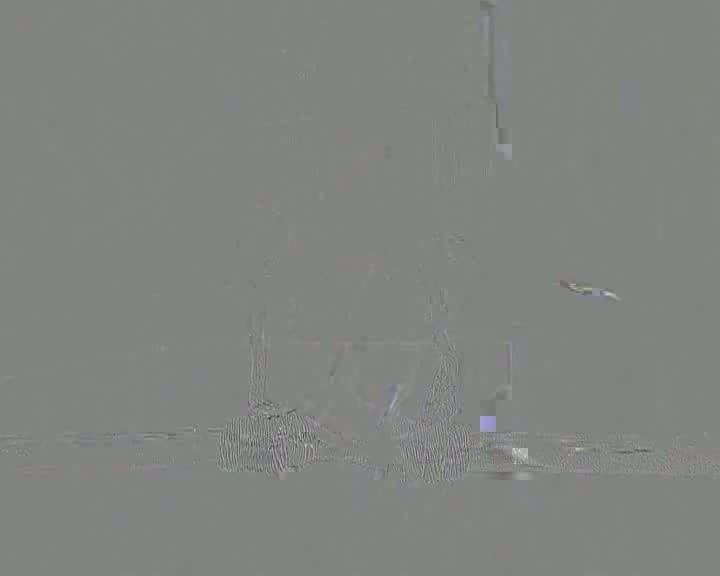„Az üveg elektrolítikus vezetése” változatai közötti eltérés
A Fizipedia wikiből
| (egy szerkesztő 2 közbeeső változata nincs mutatva) | |||
| 6. sor: | 6. sor: | ||
A kísérlet tartozékai egy egyenáramú forrás, egy izzólámpa az áram jelenlétének kimutatására és az áramkört záró üvegrúd. Szobahőmérsékletű üvegrúdban nem folyik áram. Az üveget lágy állapotúra izzítva világít a lámpa. További melegítésre nincs szükség, elegendő a fejlődő Joule-hő. | A kísérlet tartozékai egy egyenáramú forrás, egy izzólámpa az áram jelenlétének kimutatására és az áramkört záró üvegrúd. Szobahőmérsékletű üvegrúdban nem folyik áram. Az üveget lágy állapotúra izzítva világít a lámpa. További melegítésre nincs szükség, elegendő a fejlődő Joule-hő. | ||
| − | = The electrolytic | + | == The electrolytic conductivity of glass == |
| − | + | The necessary accessories of the experiments are: a DC current source, an incandescent bulb to demonstrate the presence of current, and a glass bar for closing the circuit. At room temperature, there is no current in the glass bar. By heating the glass until it becomes soft, the bulb will light up. No further heating is needed, the Joule heat is sufficient. | |
| − | + | ||
| − | The necessary accessories of the experiments are: DC source, | + | |
</wikitex> | </wikitex> | ||
A lap jelenlegi, 2013. július 1., 11:00-kori változata
Az elhangzó szöveg
A kísérlet tartozékai egy egyenáramú forrás, egy izzólámpa az áram jelenlétének kimutatására és az áramkört záró üvegrúd. Szobahőmérsékletű üvegrúdban nem folyik áram. Az üveget lágy állapotúra izzítva világít a lámpa. További melegítésre nincs szükség, elegendő a fejlődő Joule-hő.
The electrolytic conductivity of glass
The necessary accessories of the experiments are: a DC current source, an incandescent bulb to demonstrate the presence of current, and a glass bar for closing the circuit. At room temperature, there is no current in the glass bar. By heating the glass until it becomes soft, the bulb will light up. No further heating is needed, the Joule heat is sufficient.
